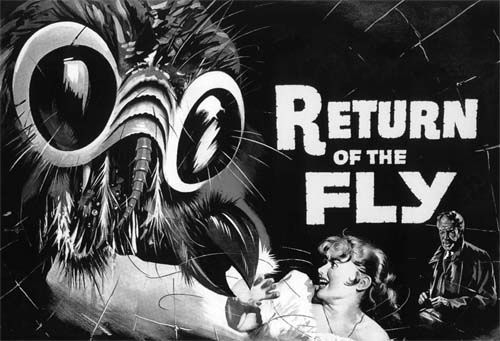One of the more confusing concepts found in logic is deductive/inductive reasoning.
A
good deductive argument is one whose premises being true would mean the conclusion must be true. For example:
Premise A: All birds can fly
Premise B: Penguins can't fly
Conclusion: Penguins are not birds.
The above argument is considered a
valid deductive argument because if the premises were true, the conclusion must be true. But obviously the Premise A isn't true, penguins are considered birds. Nonetheless the deductive logic itself is still valid.
Here is a different example:
Premise A: Cats are mammals
Premise B: All mammals are warm blooded.
Conclusion: Cats are warm blooded.
The example above is a
sound deductive argument because it is valid AND its premises ARE all true.
Now, an inductive argument
supports rather than
proves. In other words,
if the premises of a
strong inductive argument are true, the conclusion
probably is true.
Example of a strong, inductive argument...
Premise A: There are 10 women in the room
Premise B: 9 of those women are brunette
Conclusion: Most likely all the women are brunette.
If Premise B had a lower sample number , the argument would become weaker. But what about this example?
Premise A: Most lights in the sky are UFOs.
Premise B: There are many lights in the sky.
Conclusion: The next light to be seen is probably a UFO.
Now, even though this is a strong inductive argument, premise A is not true. Thus, it is not considered a
cogent inductive argument. I cogent inductive argument is a strong argument with the premises being true. So the Brunette Example previously would be considered a cogent inductive argument.










